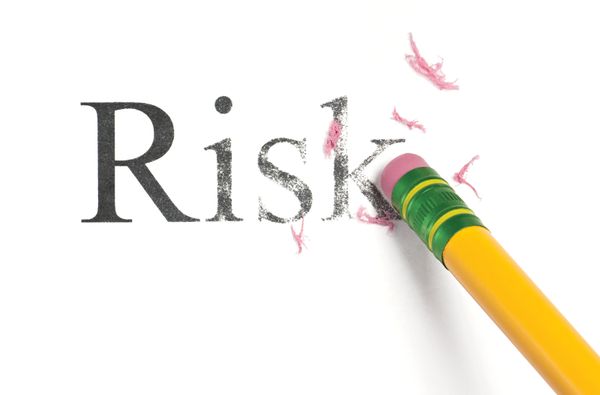How many times have you heard this statement regarding a major release or fire? “If they would have only implemented or adhered to process safety management (PSM) this would not have happened.” Basically, this comment says “we” do not understand the purpose of PSM very well.
Proper process safety management never has, nor will it ever, result in “zero” incidents. This is because PSM or risk management plans (RMP) are not designed to eliminate risks, but rather it creates programs and systems that must be in place to “manage” the risks associated with facilities that handle highly hazardous chemicals (HHC).
I know that some will say that our goal should be to eliminate incidents and not just manage risk. However, this is not only unrealistic, but most likely not practical either. It would be downright impossible to find anything that we do that does not have associated risk; even living a life in a bubble has inherent risks.
So, if we have a realistic view of what we can actually achieve, does it then mean that a facility has failed to manage risk when they have an incident? Not at all. However, it might be an indication of where further improvements are necessary or where gaps exist.
What is risk? Risk is the possibility or the chance for exposure to loss, danger, or injury. An example is a person driving while texting, or a person walking through a minefield. Mathematically, risk is the product of the consequence of an event times the probability of the undesired event occurring. Risk is the assumption an event will occur, and it is the probability an event will occur based on behavior. Managing risk is not a simple task and not all risks are in our control to manage.
To enlist the help of our risk management specialists, simply contact us online to schedule an OSHA compliance audit.

